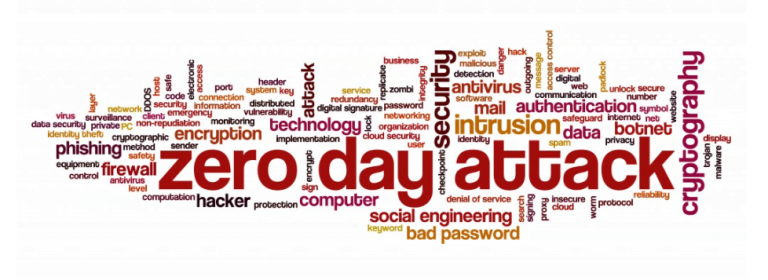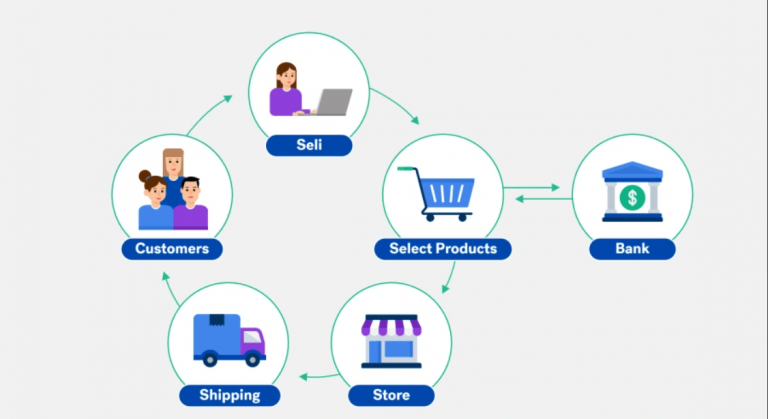Malicious Malware | How to prevent it?

What is malware? Malware is an aggregate phrase for malicious software. It is meant to harm or exploit any programmable device, service, or network. Cybercriminals generally utilize it to extract data that they may exploit to gain a financial advantage…










